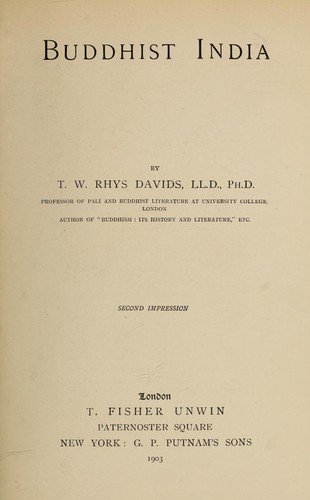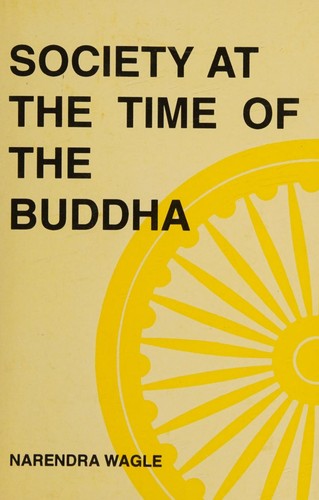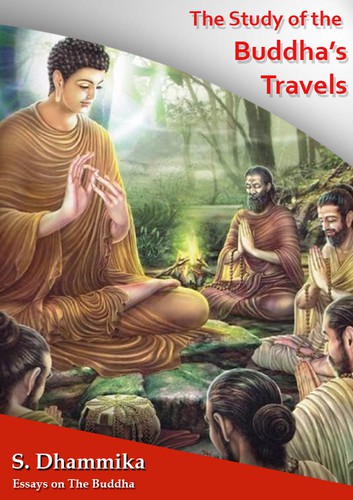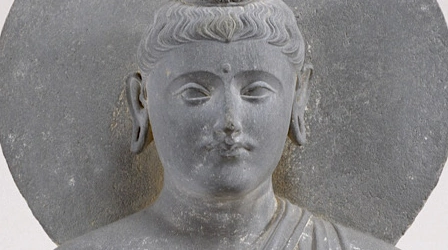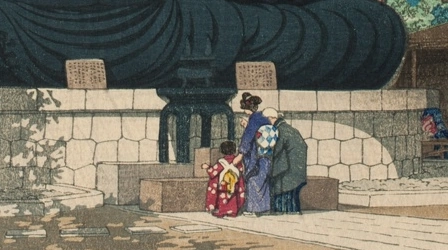Buddha's India
Subscribe to this topic via: RSS
The Ganges River Valley area in approximately the fifth century BCE, and the worldly setting for the Early Buddhist Texts.
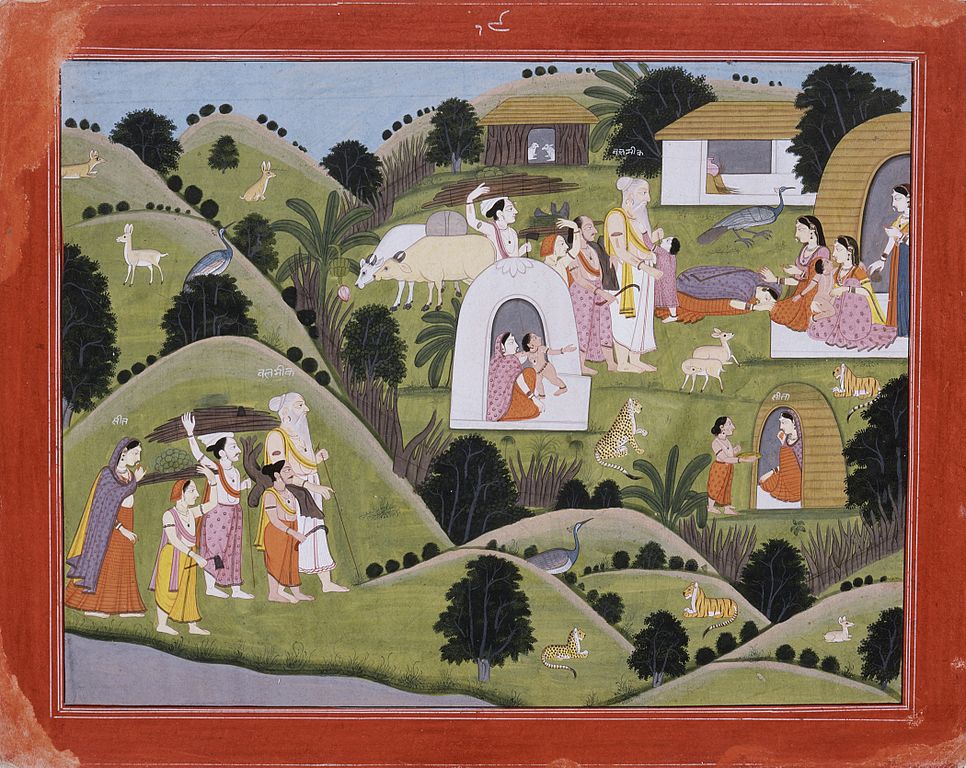
A modern artist's rendition of an idealized, ancient India from a series on the Ramayana in the Los Angeles County Museum of Art.
Table of Contents
- Books (15)
- Canonical Works (30)
- Readings (51)
- Audio/Video (10)
- Reference Shelf (2)
- Related Topics (2)
Books (15)
Featured:
-
200 pages
-
Women are often the main upholders and supporters of a religion or faith or movement. This was certainly so with Buddhism when it was at its beginnings
See also:
Canonical Works (30)
Featured:
-
“unintentional acts are not very blameworthy.”
“But if they are intentional?”
“Then they are very blameworthy.”
“But where does Nigaṇṭha Nātaputta say that intention is classified?”
“In the mental rod, sir.” -
King Pasenadi questions the Buddha on a few miscellaneous matters (omniscience, caste and the gods) showing what kinds of religious debates were current in India at the time and how the Buddha responded.
-
The Tathagata, great king, is liberated from reckoning in terms of consciousness; he is deep, immeasurable, hard to fathom like the great ocean.
-
Punnika points out how silly it is to believe in ritual bathing and successfully converts a Brahman who ends the verse by making it all about him.
-
The Buddha compares ancient and contemporary Brahminic practices to those of dogs.
-
Faith is the seed, practice the rain,
And wisdom is my yoke and plow. -
Then a certain brahmin who was a reciter of the mystic syllable ‘huṁ’ went up to the Buddha and exchanged greetings with him.
See also:
Readings (51)
Featured:
-
Starting with a brief summary of the recent discussion on the introduction of writing in India, the article examines the material contexts of the written texts produced during the reign of the Indian emperor Aśoka (r. 268-232 BCE). Even if these inscriptions on rocks and rock pillars may not have been the first written evidence, they represent the most extensive and diverse corpus of written texts from the early phase of writing in South Asia. Although this corpus only covers a period of less than twenty years, it shows a fairly quick development and improvement in various material aspects of writing, including writing materials, techniques, surfaces and text transmission.
-
⭐ Recommended
… in the canonical Buddhist texts […] kṣatriya-dharma (The Way of the Warrior) is openly condemned as anti-social, whereas generally in the orthodox Hindu view, kṣatriya-dharma is considered as the norm or legitimate duty of kings
-
The ancient Indian gāthā – a proverbial, succinct type of single-stanza poetry, often collected in thematic sets – became a favoured form of expression among groups of ascetics from the middle to the end of the 1st millennium BCE.
-
Gotama Buddha, at least as he is depicted in the Suttanipāta, was influenced by and is to be understood in light of Kosalan Vedic tradition.
-
… excavations revealed a sequence of early structures preceding the major rebuilding by Asoka
-
… the particular wording introducing these place names can tell us much about the development of the literary form of early Buddhist texts and about the historical memory of the early authors
-
… after the parinibbāna… Ānanda may have made Kosambī his base
-
… early Buddhism rode to popular acceptance on the crest of a significant urban revolution that swept across large parts of the Gangetic region in the sixth century B.C.
-
⭐ Recommended
Young Brahmins would already begin memorizing the sacred texts by rote when they were about eight years old, and some began the training still earlier. Only after having completed this task successfully, following years of memorization, would they study the meaning of what they had memorized.
-
The original picture that emerges from the Pali literature, however, reveals a very human person who, living in troubled, insecure times, faced numerous difficulties and challenges, both personally and to his monastic community. Here, we shall outline this earliest version of Buddha’s life, based on the scholarly research of Stephen Batchelor presented in his Confession of a Buddhist Atheist.
-
A short essay on how the Buddha’s teachings contrast to his contemporaries’ in DN 2.
-
A short defense of his conclusion that the Buddha knew Sanskrit and responded to Brahminical teachings.
-
… report of valiant soldiers from a master-slave society in Greece should have been brought home by the Indian soldiers that had participated in Xerxe’s campaign
See also:
Audio/Video (10)
Featured:
-
Episodes 1, 2 and 3 of season 1 of The History of India Podcast cover the prominent political families and drama at the time of the Buddha.
1h 54m -
What’s going on here? What’s wrong with cows?
-
⭐ Recommended
There’s a huge amount of it that’s positive! I’m not so surprised that there are negative attitudes towards women depicted in early Buddhist literature, because this is an ancient civilization with traditional values. So, the negativity doesn’t surprise me. But all the positivity does.
67 min -

-

See also:
Reference Shelf (2)
Featured:
-
A simple, cartoon map of India at the time of the Buddha.
1 page
See also:
